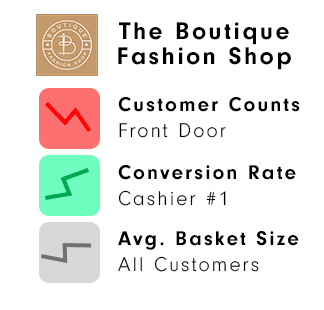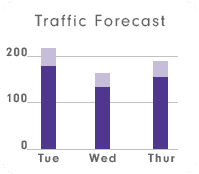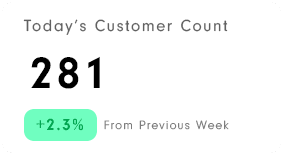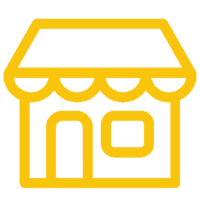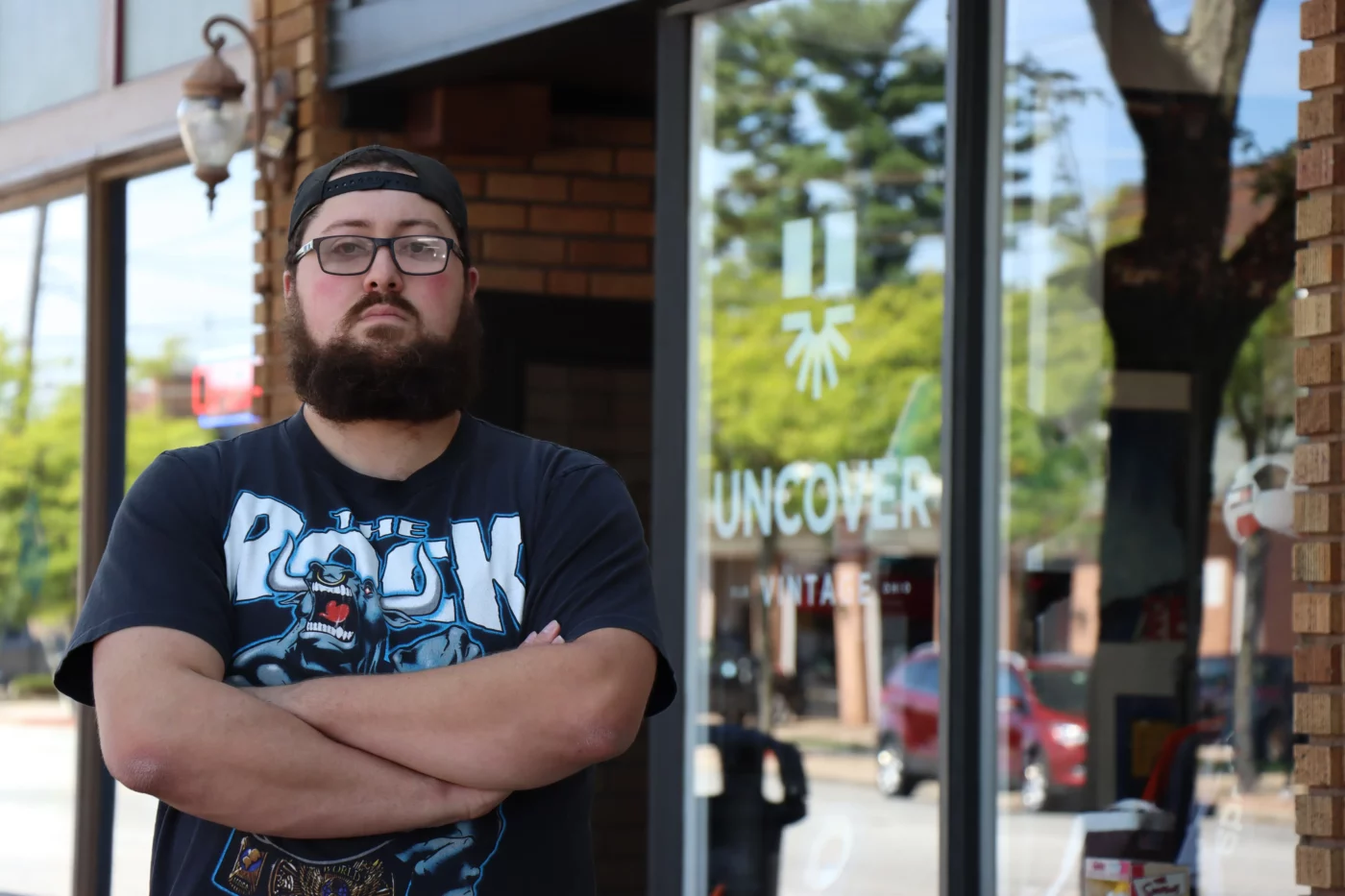Customer counting for retail
The easiest and most accurate way to count your customers.
97%
SenSource customer counting sensors boast 97%+ accuracy.
0
The number of employees required for manual counting of customers. Save time with full automation.
350+
Number of retailers across the US and Canada that trust SenSource.
941 Million
Customers counted by SenSource…and counting!
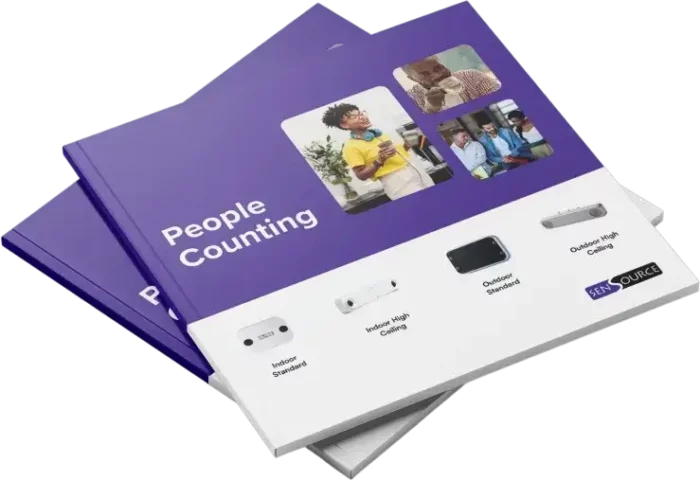
Count Customers
For many applications, the best retail traffic counter is one that excels at threshold counting, where sensors are placed at the store entrance to identify and count customers as they enter and exit, providing data to identify:
- Real-time, hourly, daily, weekly, monthly traffic
- Peak and slow traffic times
- Traffic flow and patterns
- Historical comparisons
- Traffic forecasts
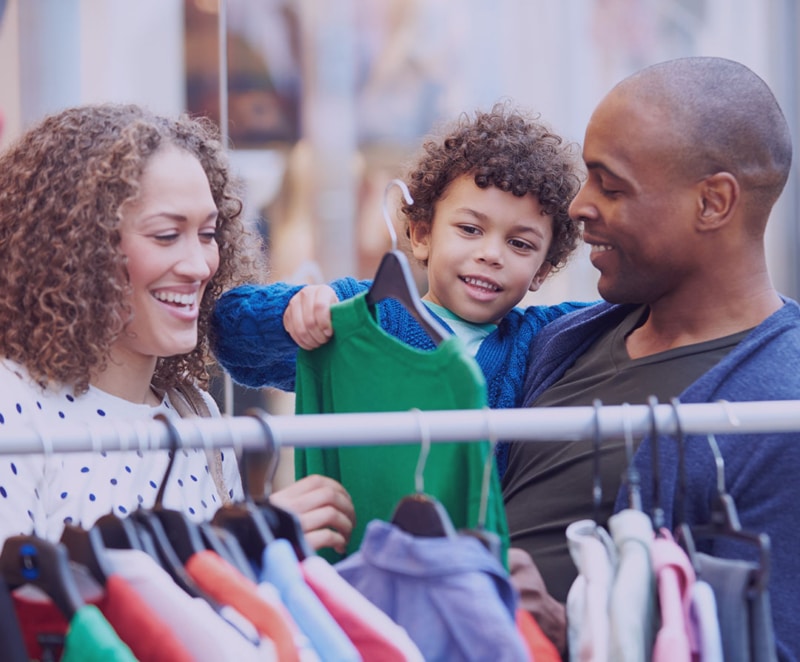
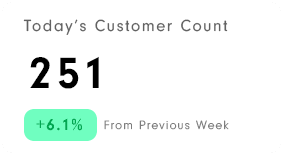
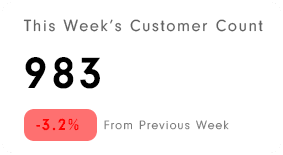
POS Integration
Unlock deeper analysis of store performance by pairing door traffic with your point-of-sale system, such as:
- Conversion rate
- Dollar per head
- Conversion forecasting
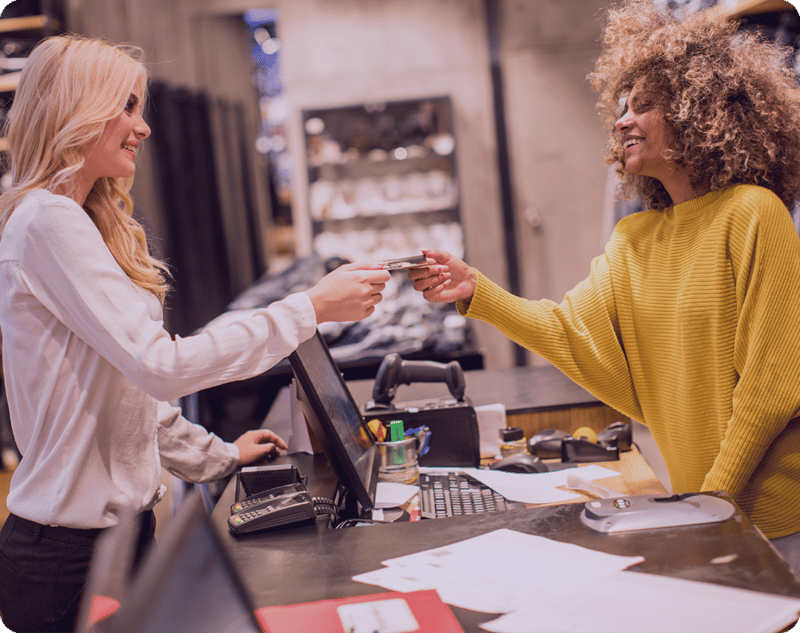
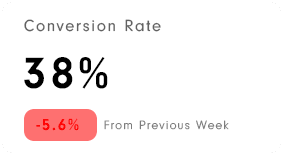
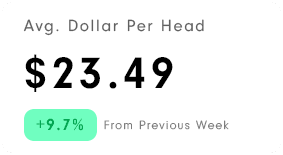
In-Store Customer Journey
Beyond the threshold lies an opportunity for enhanced customer journey metrics for a deeper understanding of how customers interact with your store. The same automatic people counters used at the door can be installed throughout a store to track:
- Visit duration
- Activity paths
- Zone visits
- Zone draw-rate
- Store draw-rate
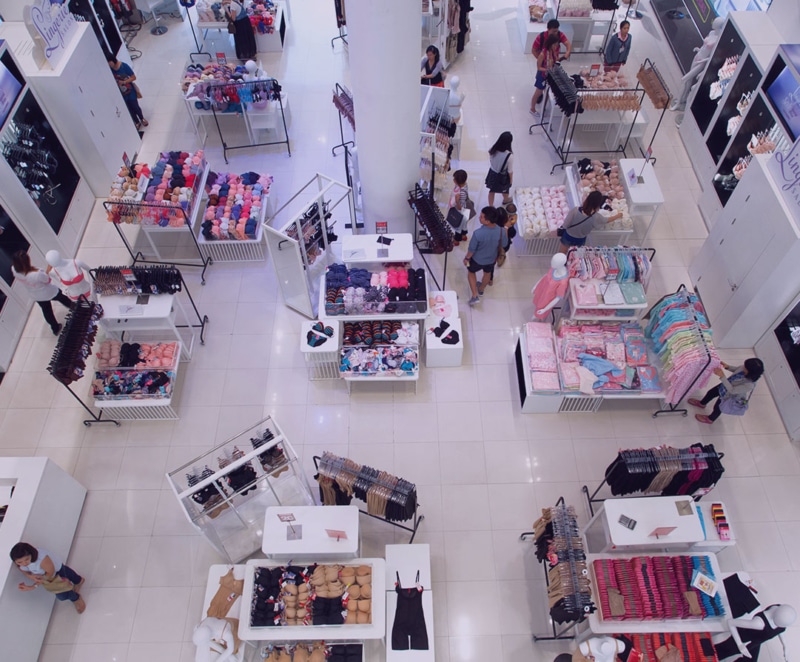
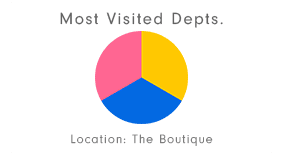
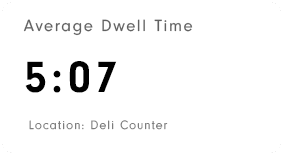
Retail Labor Forecasting
Our built-in store traffic forecasting feature optimizes staff levels based on predicted customer counts to improve conversion rates and customer service.
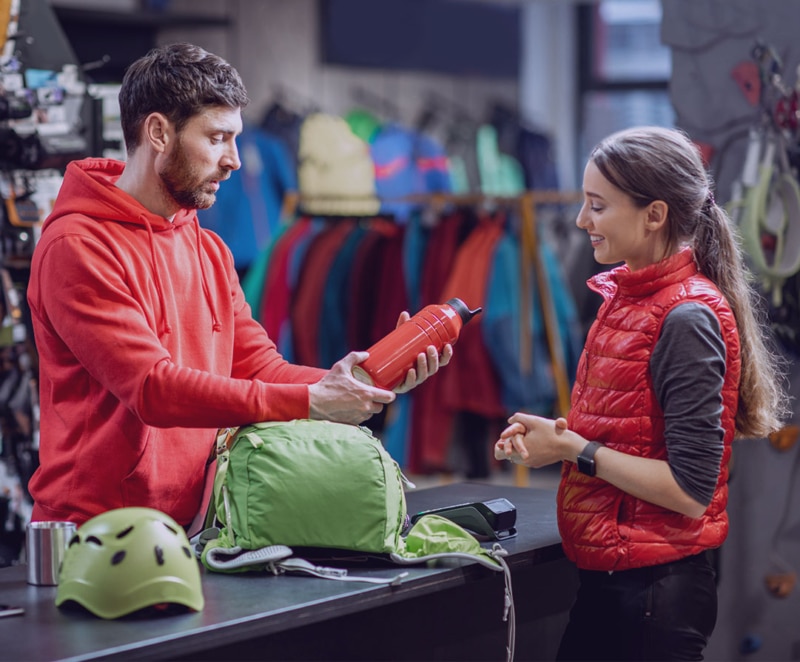
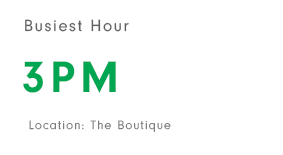
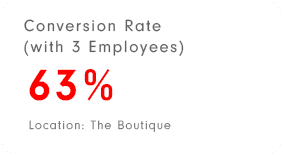
Queue Management
Decrease service wait time and improve customer experience by matching check-out personnel with customer counts.
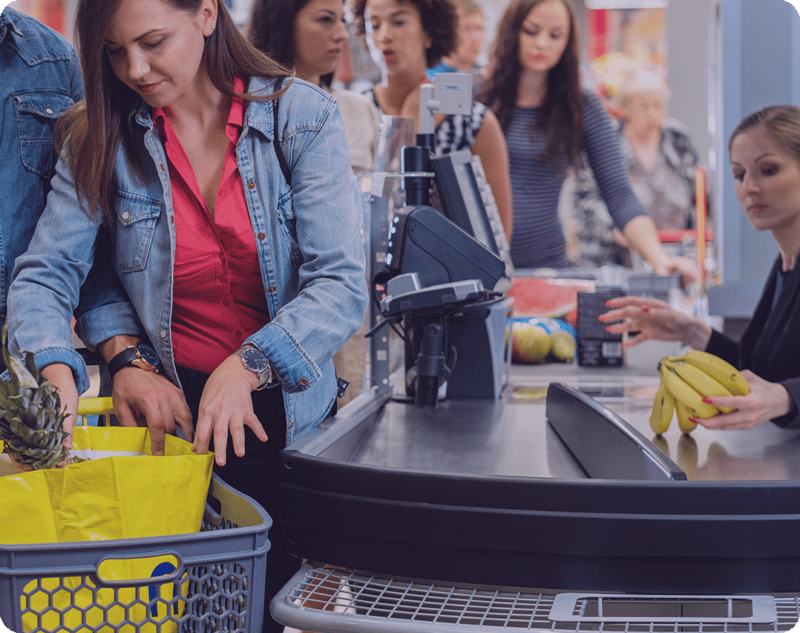
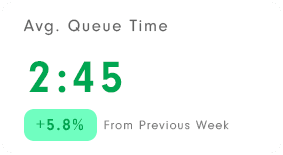
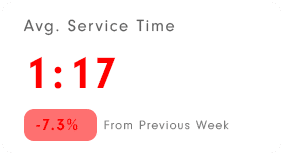
The most accurate way to count people
Our sensors measure foot traffic with precision, while our analytics software gives you accessible data to make cost-saving decisions.
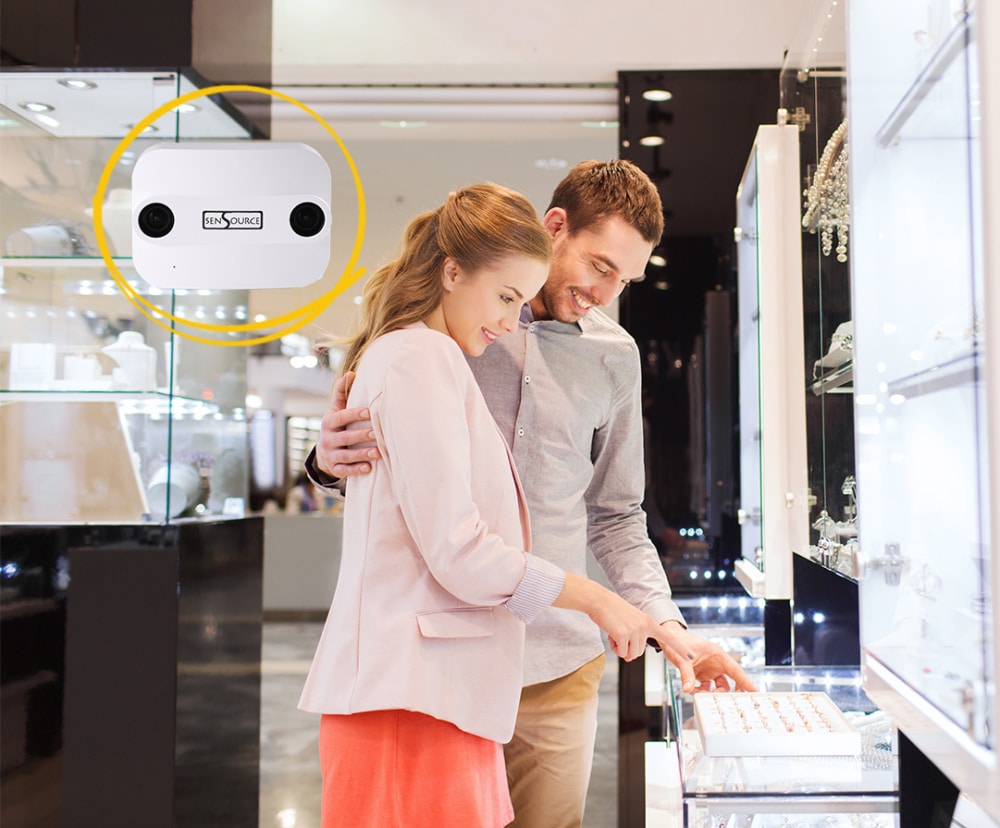
Accurate Sensors
Our VIDX sensor uses 3D advanced stereo vision tracking sensors and machine learning, making it the best retail traffic counter available.
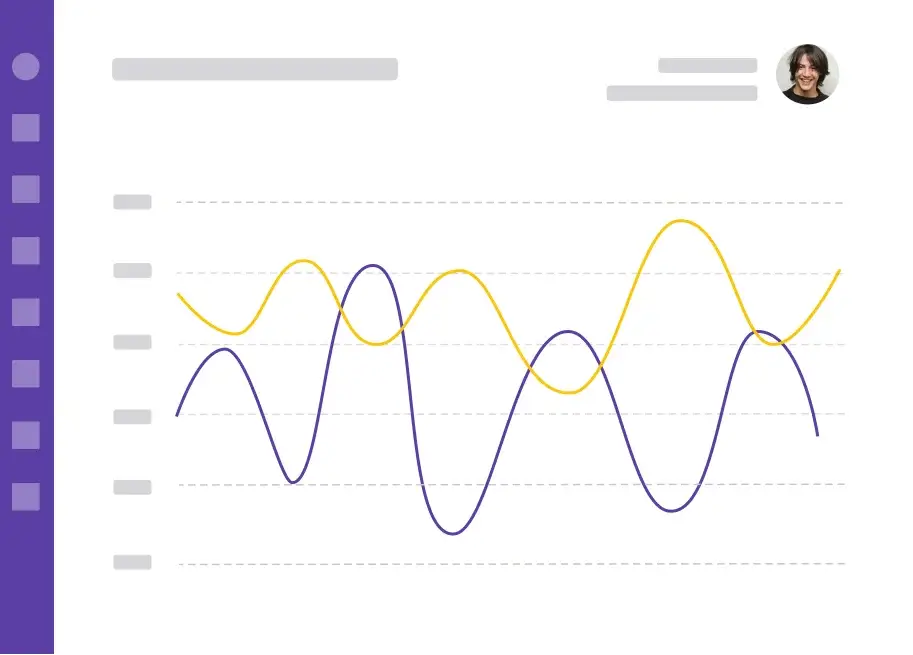
Detailed Analytics
Our state-of-the-art software, Vea, translates raw traffic data into meaningful patterns and profitable insights.
“Since we were so new, we wanted to allow customer behavior to shape our decisions. Through the customer counting data collected by SenSource, we have honed our business hours and even added a day to our schedule.”



